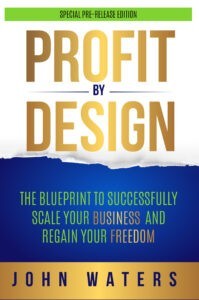Decision fatigue. It’s a phenomenon which probably affects you. Yet, you’re not truly aware of it. Put another way, you’ve likely felt its impact, but just didn’t know what to make of it. Or, more particularly, what to call it. That’s okay. It’s something many people experience a few times. Others are hit with it a lot — a whole lot. Usually, these are individuals in positions of authority. You know, the “decision makers.” Although we joke about it, the truth of the matter is, making decisions gets harder and harder as the day goes on. So, let’s look at some ways to avoid decision fatigue.
Is Decision Fatigue Actually Real?
The short answer to the question above is a resounding, “Yes!” Decision fatigue is real. In fact, two university researchers examined more than 1,000 decisions made by judges in Israel. Said judges either decided to grant or to deny parole. Prisoners who appeared in the morning, about 9 am, fared quite well. Those offenders had a 70 percent chance of making parole.
Decision fatigue can seem harmless enough. Spending a few extra minutes deciding between chicken or beef isn’t the end of the world. But what you may not realize is that those little moments of turmoil could be negatively impacting your business. If left unchecked, decision fatigue can lead to reckless behavior like compulsive spending or, worse, the inability to make any decisions at all. —CNBC.com
But, by the time mid-afternoon rolled around, those chances dropped down to just 10 percent. The conclusion, of course, was the judges simply used-up their stamina and therefore, took the simplest and safest way out.
Ways to Avoid Decision Fatigue
Now, if you’ve ever felt “used-up” at the end of the day, like your brain can’t process any more, decision fatigue is a likely culprit. Here are a few suggestions for how to avoid decision fatigue to better your work performance:
- Start tomorrow today. At the end of every day, start getting things in order for the next morning. Don’t make big decisions. Just get organized so you’re ready to go when you come back tomorrow. While this might seem too simple, it will have a big impact.
- Make important decisions early. When you start your day, don’t “ease” into it. Instead, challenge yourself by making the most important decisions when you’re most fresh and have new energy. You’ll see things more clearly and have a better sense of which way to go.
- Stop second-guessing yourself. In the military, some class instructors tell their students to bite the erasers off of their pencils right before starting a test. It’s not literal — it’s a figure of speech. It means your first intuition is typically the right one; so, don’t second-guess yourself.
- Snack and exercise every day. It’s a very good practice to have a solid but sensible breakfast in the morning. A light lunch is also a sound practice. But, you might feel a bit worn by mid-afternoon. The cure? Exercise and have a small snack to re-energize.
What other ways do you combat decision fatigue? Please share your experiences by commenting!
Interested in learning more about business? Then just visit Waters Business Consulting Group.




